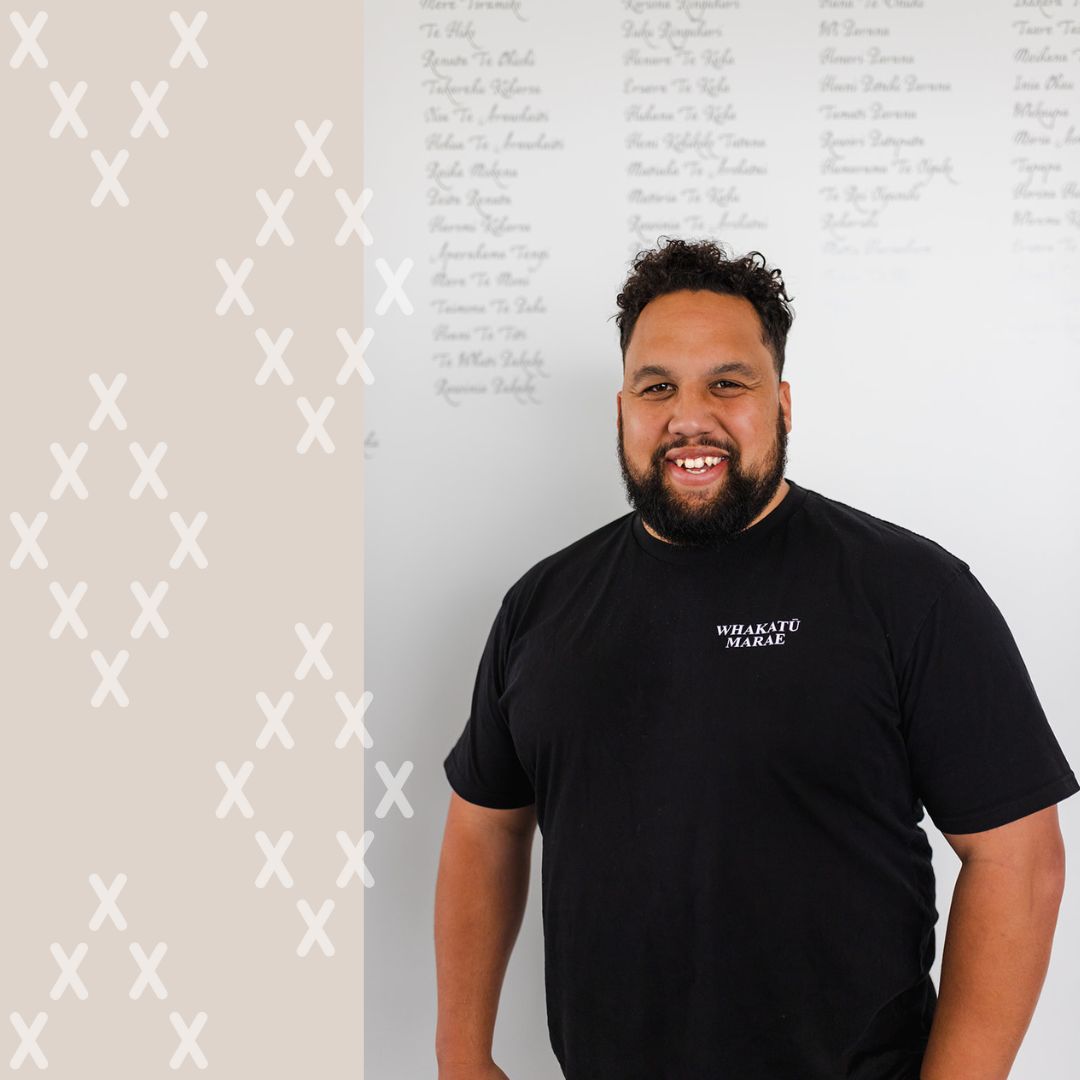 “I strongly believe that whakapapa has a strong wairua element to it. Many of us may not know all our whakapapa, but our whakapapa knows us and will come to us in the right time.”
“I strongly believe that whakapapa has a strong wairua element to it. Many of us may not know all our whakapapa, but our whakapapa knows us and will come to us in the right time.”
What does whakapapa mean to you?
Whakapapa is everything to me. It is our genetic makeup, our identity, it is the reason why each one of us are so unique. There is so much value in knowing more about ourselves. I’m so happy for my tamariki, because from a young age they will learn a wider view of who they are.
Whakapapa is the beginning, end and everything in between. It contributes to so many factors of our lives. But most of all it is our connector, it binds us to our living whānau and to the legacy of those who have gone before us, and it inspires me to add to their legacy in my own right and way.
It grounds me in this world that is constantly moving and allows me to stand firm knowing who I am.
What is your connection to the Nelson Tenths whenua?
My connection to the Nelson Tenths whenua is through my tūpuna Wauwau, Wikitoria Te Hau and Tiripa Wauwau of Ngāti Koata.
They were named as people who gave their whenua in Nelson to the New Zealand Company in 1841. I also connect to this whenua through my Ngāti Tama ancestor Te Rei Kauhoe, son of Arihia Kauhoe, a first cousin to Wi Katene Te Puoho and Te Wahapiro Paremata. Te Rei Kauhoe and his wife Tiripa raised my great great grandmother Ngatare Te Rei and her siblings at Wakapuaka.
Many of my ancestors are buried at the urupa Haua at Wakapuaka, which makes that area special to me and my whānau.
What is your advice for someone starting out on their whakapapa journey?
See what is available to you already. This can be as simple as asking whānau members what information they may have on hand. Also try to connect with people who are skilled in this area of expertise. There are many tools available to support the research and understanding of our individual whakapapa. (Genealogy apps, social media pages dedicated to supporting whānau and also whānau research departments like Te Tāhuhu at Wakatū Incorporation).
I strongly believe that whakapapa has a strong wairua element to it. Many of us may not know all our whakapapa, but our whakapapa knows us and will come to us in the right time. I have found that as you begin seeking it out, your tūpuna will create a way for each of us to find more and more.
Share an anecdote or a fact about your tūpuna on the 1892 list
One of my tūpuna Tiripa Wauwau, is represented on a kaho paetara (batten) in Whakatū marae – in my years of working for the marae, it was a daily reminder of my whakapapa.
When Tiripa was alive, she had plentiful gardens at Wakapuaka. Her Ngāti Koata whānau would stop in on their way to Nelson from Rangitoto ki te Tonga and exchange fish and titi for her vegetables and grain. She was a connector of people.
To me, this relationship seems to be why she was remembered and represented in our marae.
Can you tell us about your own whakapapa journey?
I grew up having a strong sense of identity in my whakapapa. I knew that I was a Solomon and what came with that surname attached. We grew up leaning more into our Kahungungu connection, but also knowing that we connected to Taranaki through my grandmother.
It wasn’t until my family and I moved to Nelson in 2020 that we learnt that my whakapapa connection ran deeper then I initially thought, with my Taranaki side being linked to Te Tauihu.
Aunty Bobbie Teariki and her whānau, and Aunty Celia Hippolite were the first people when we moved down to tell me that I was from here, so I am grateful for them and all the others who have helped me to feel at home.
I’m still on my journey but by doing the following things, it makes it easier to continue that journey – Having photos of our tūpuna in our kainga and teaching our tamariki about each of the tūpuna represented. Attending and engaging in iwi events. Taking all opportunities to connect with my marae and my whānau here. This helps grow a sense of belonging. Your actions today will make a big impact for those following tomorrow, so I’m so grateful to have had the opportunity to reconnect my whānau to our tūrangawaewae.

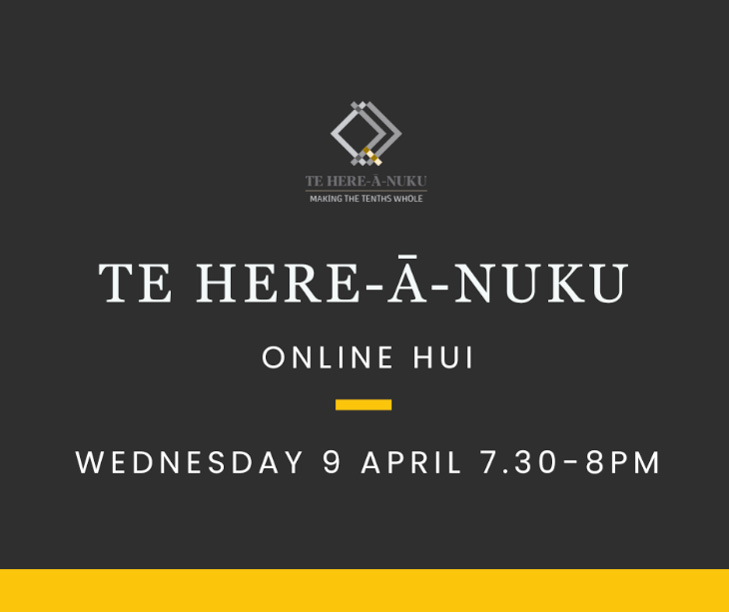

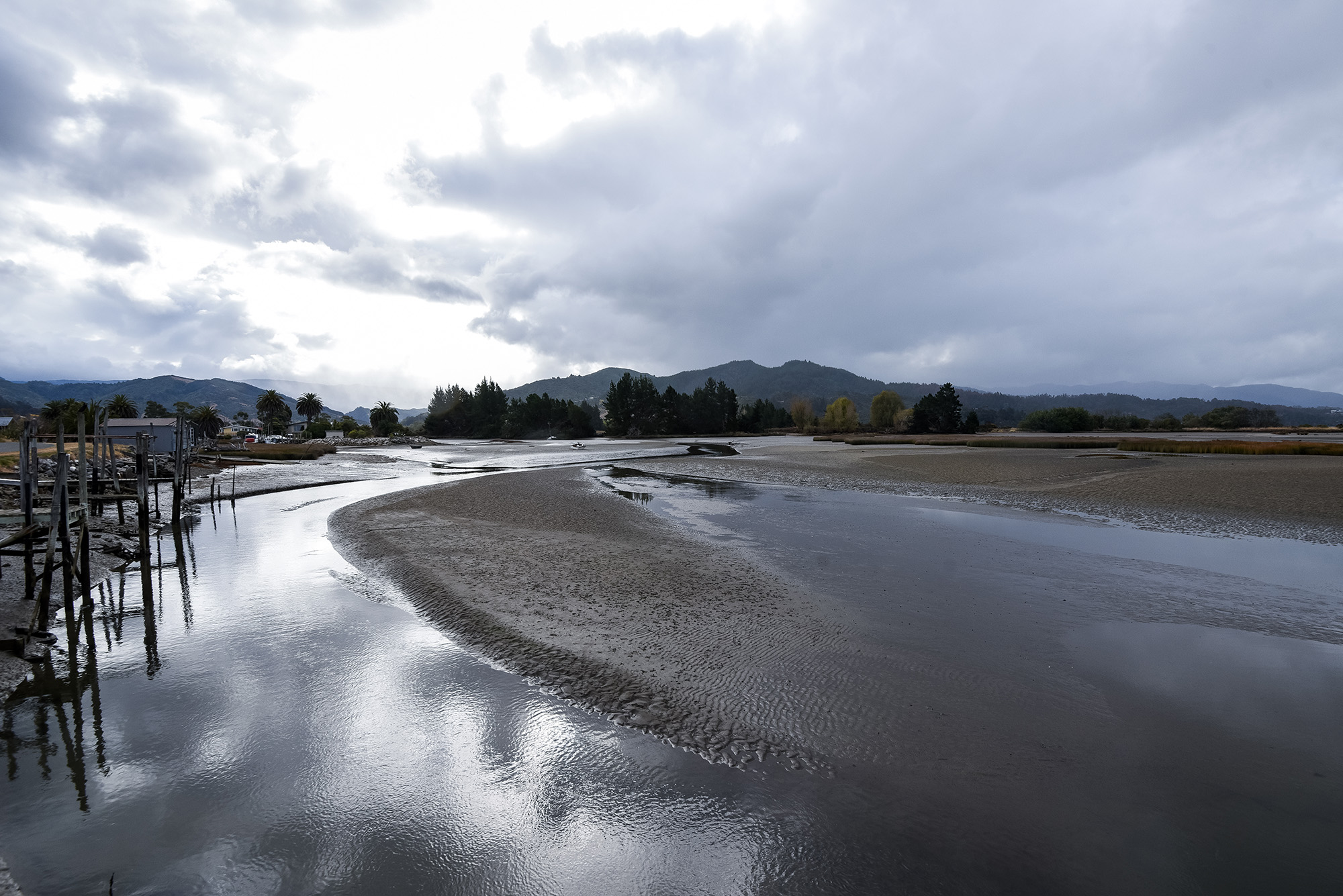
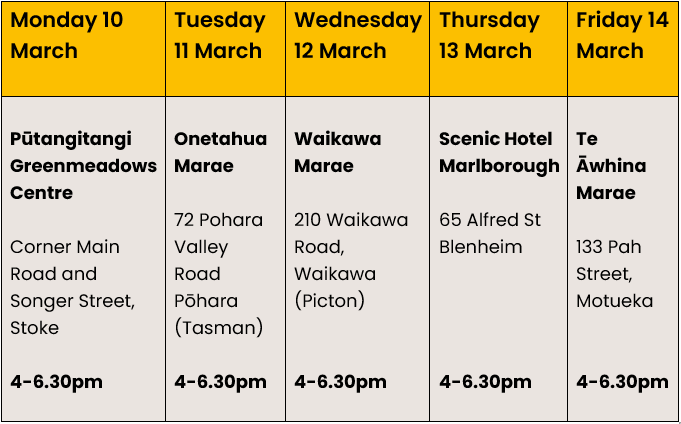
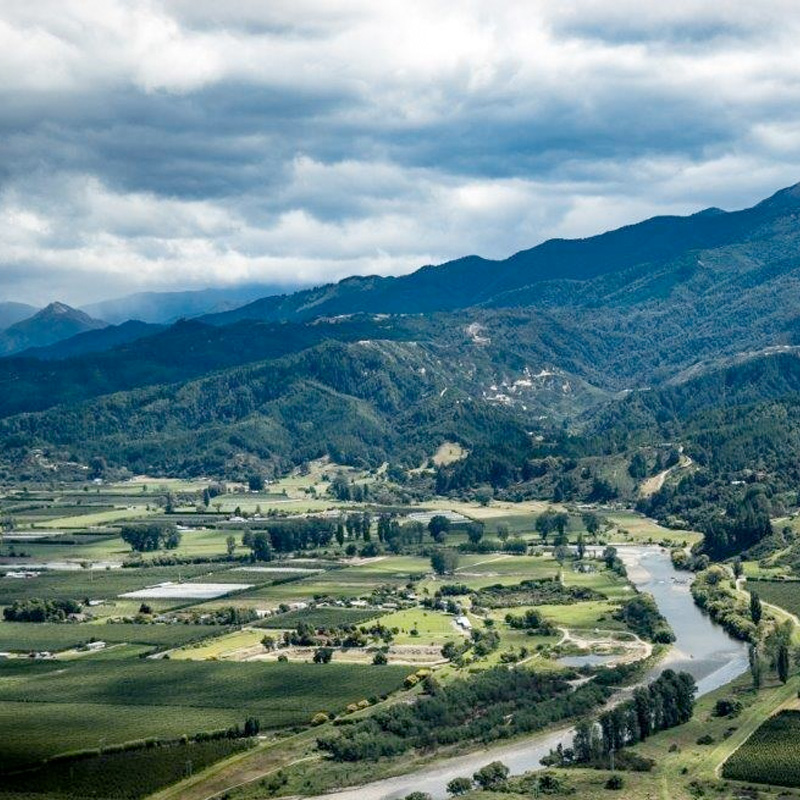
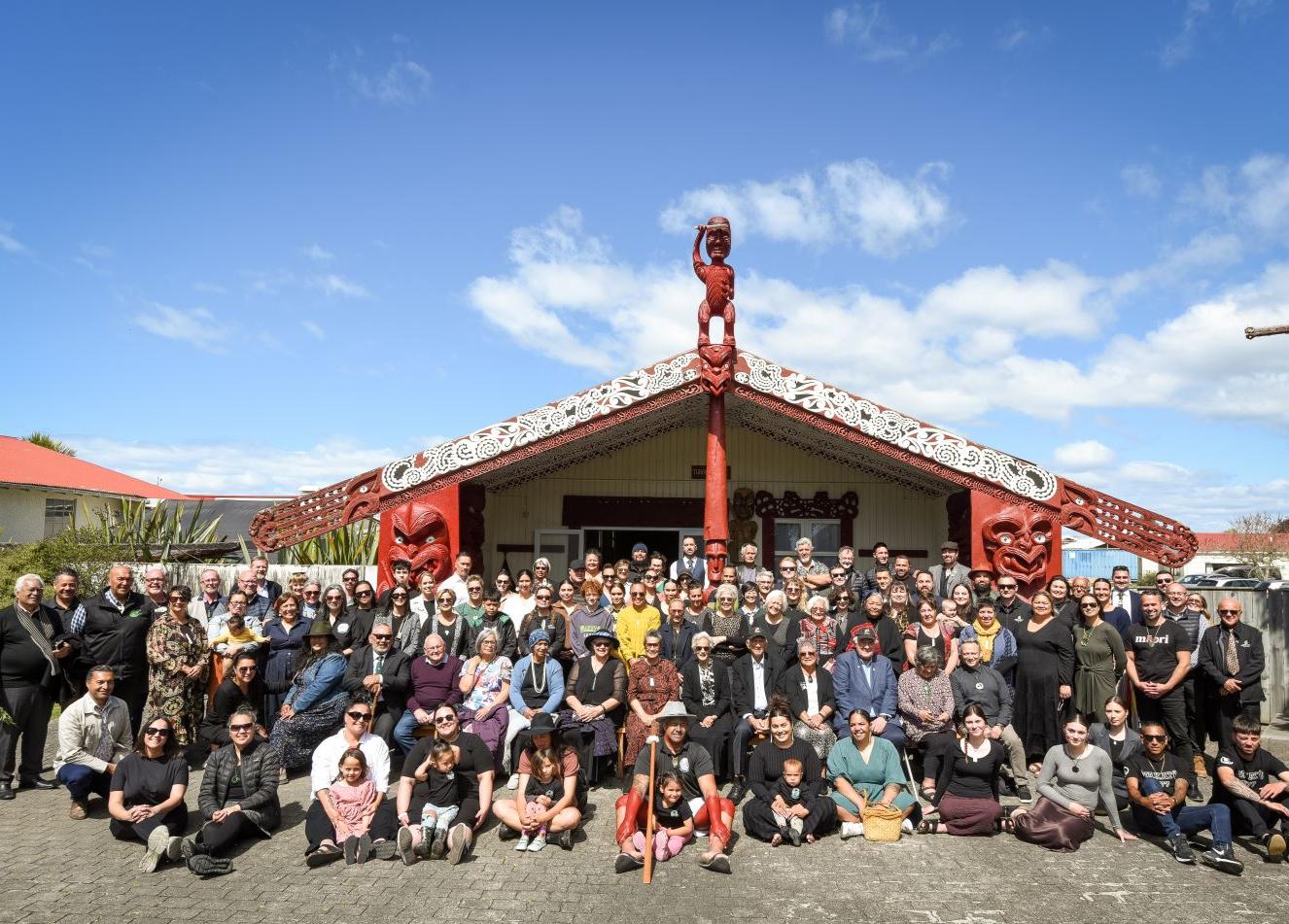
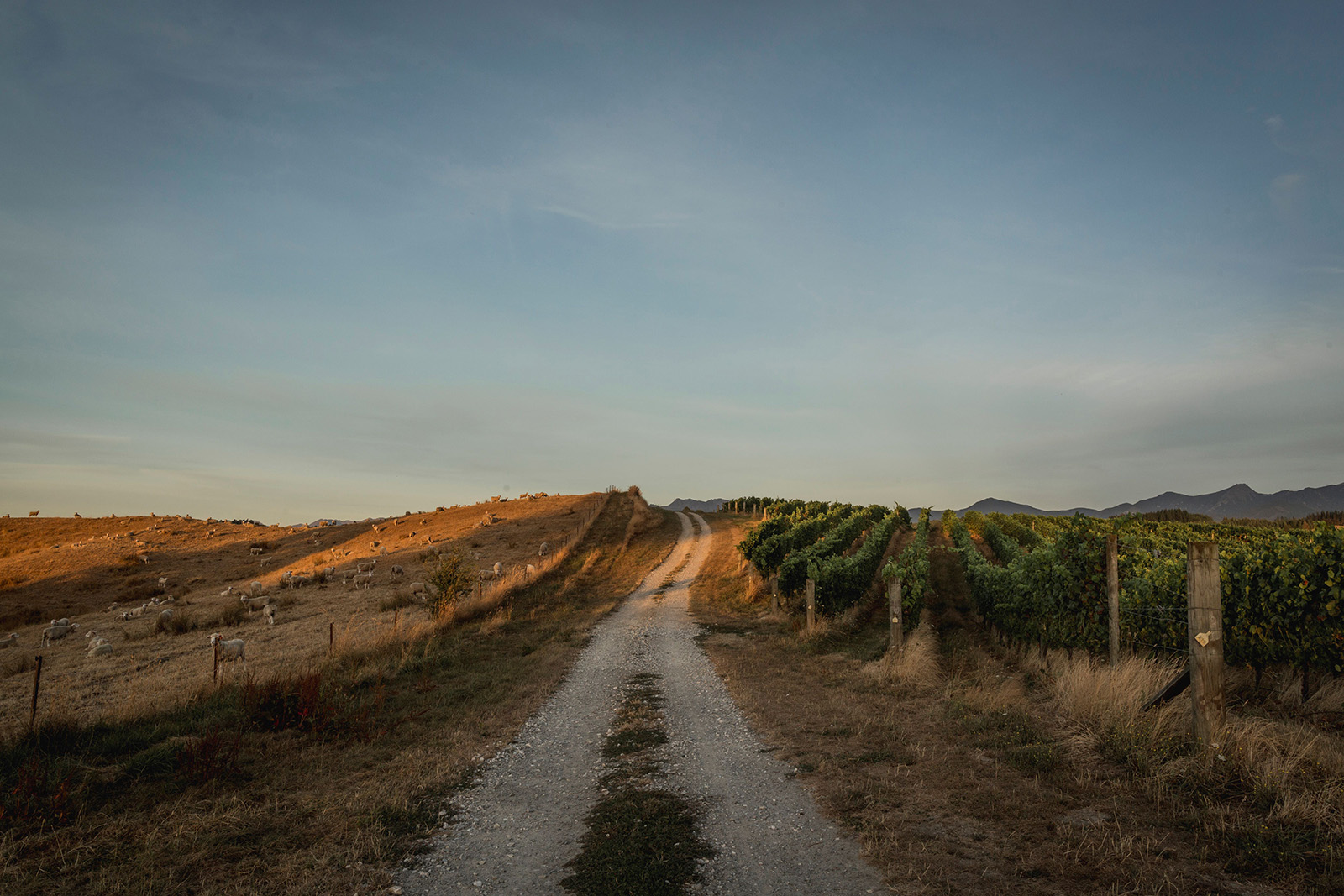
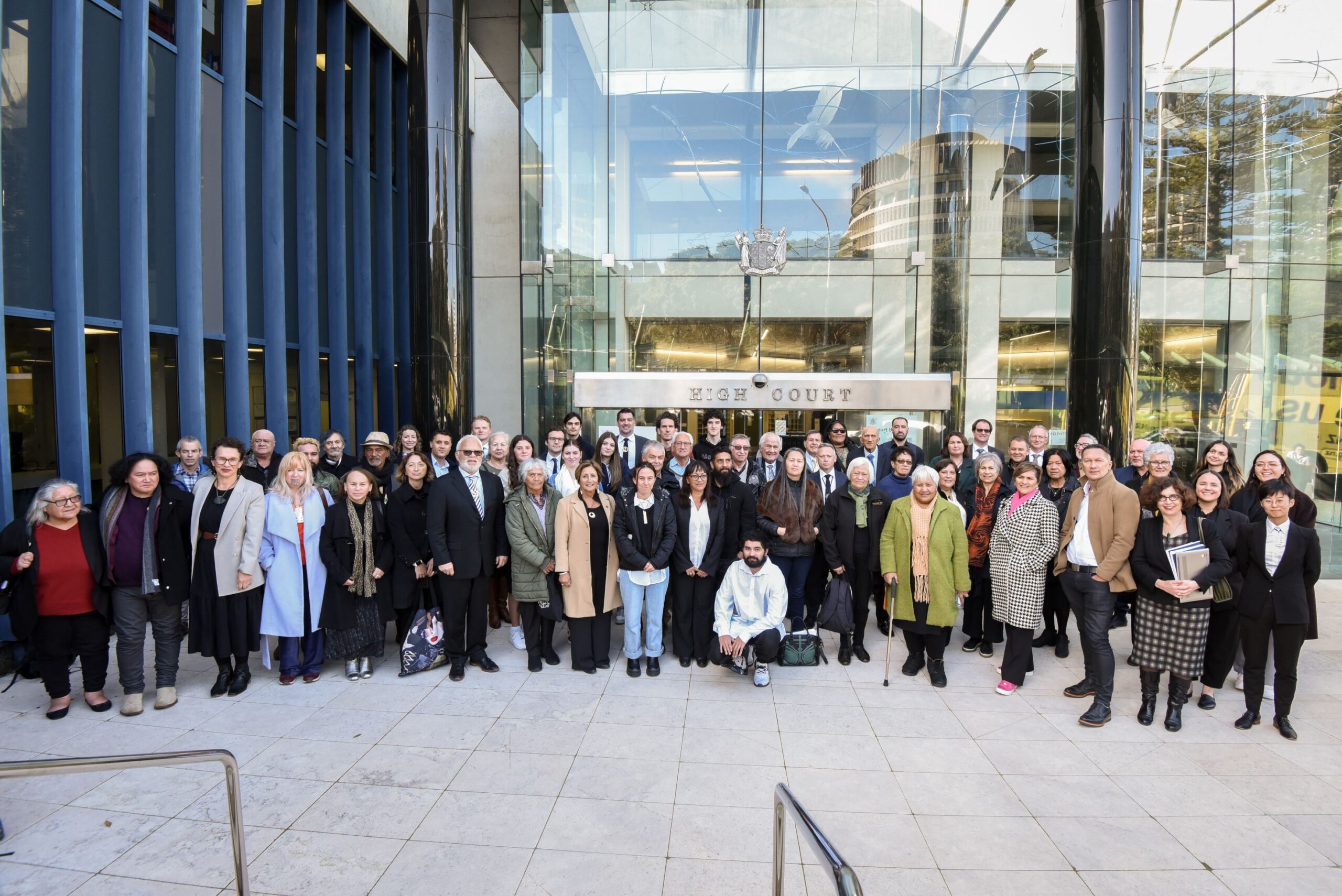
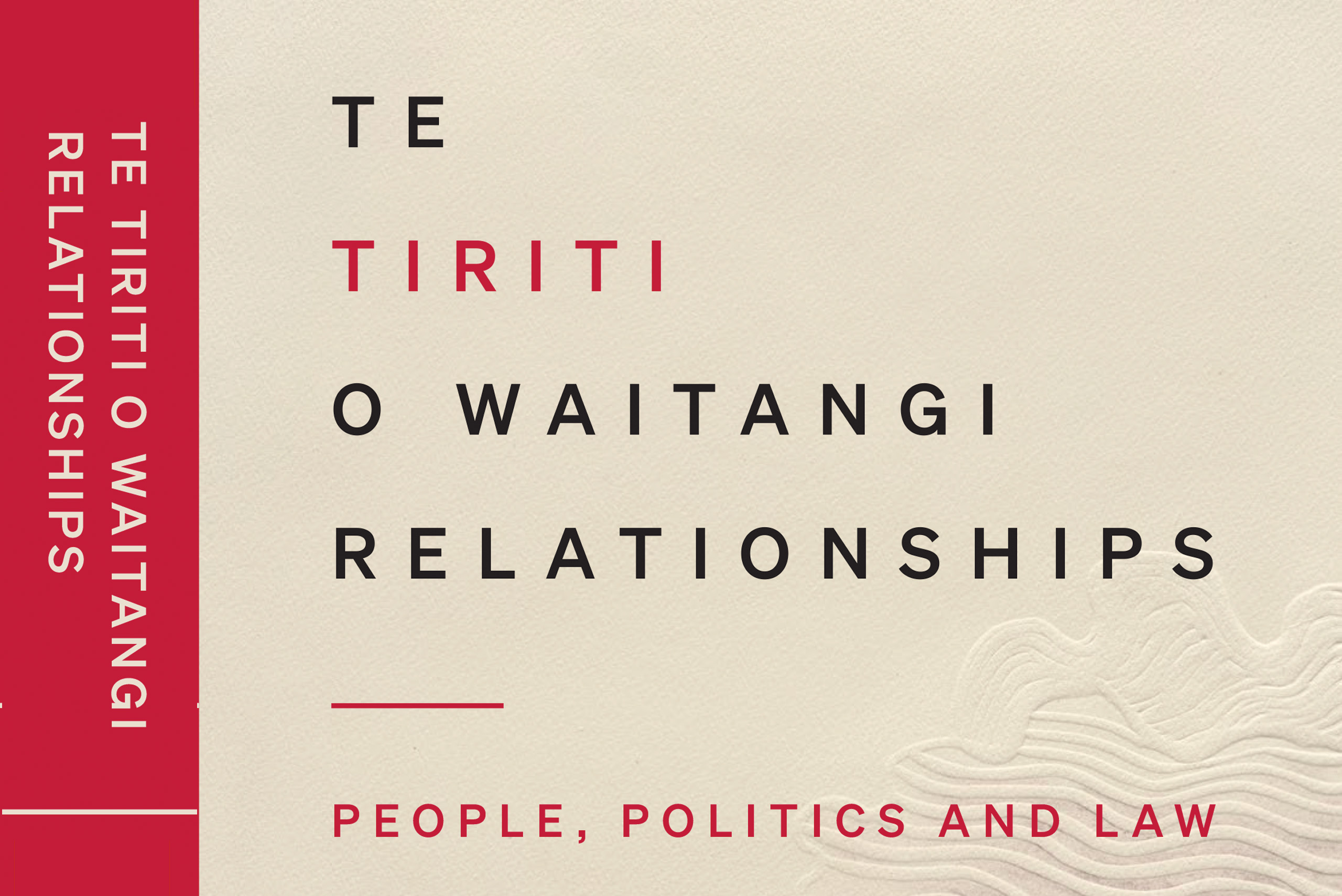
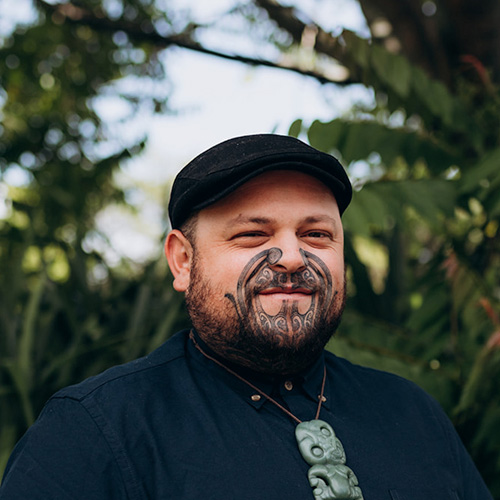
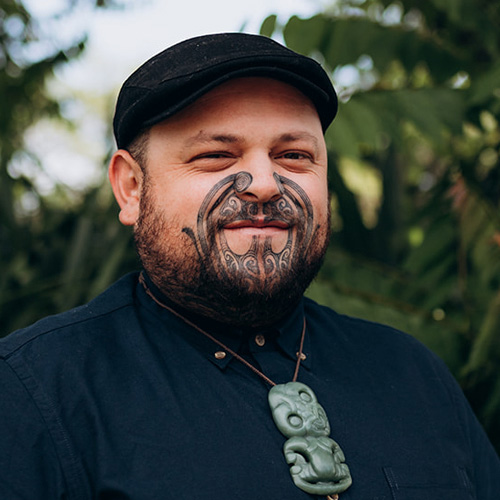 “Talk with your kaumātua — your nannies, toro, aunties, uncles, and cousins. Take the time to sit, listen, and listen some more, and kōrero when you can. Don’t take these moments for granted; in the blink of an eye, whānau can come and go, and with them, the stories and connections.”
“Talk with your kaumātua — your nannies, toro, aunties, uncles, and cousins. Take the time to sit, listen, and listen some more, and kōrero when you can. Don’t take these moments for granted; in the blink of an eye, whānau can come and go, and with them, the stories and connections.”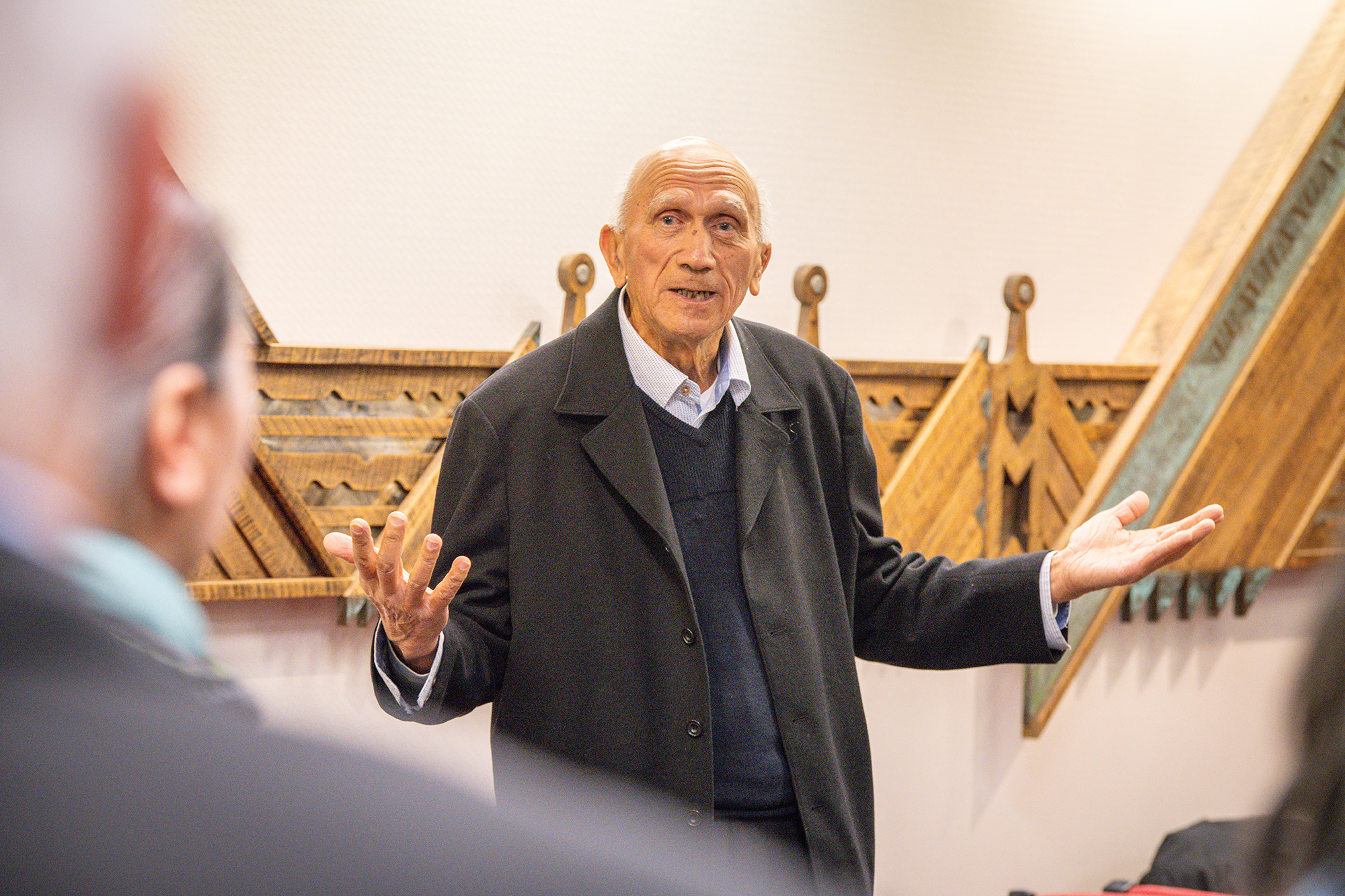
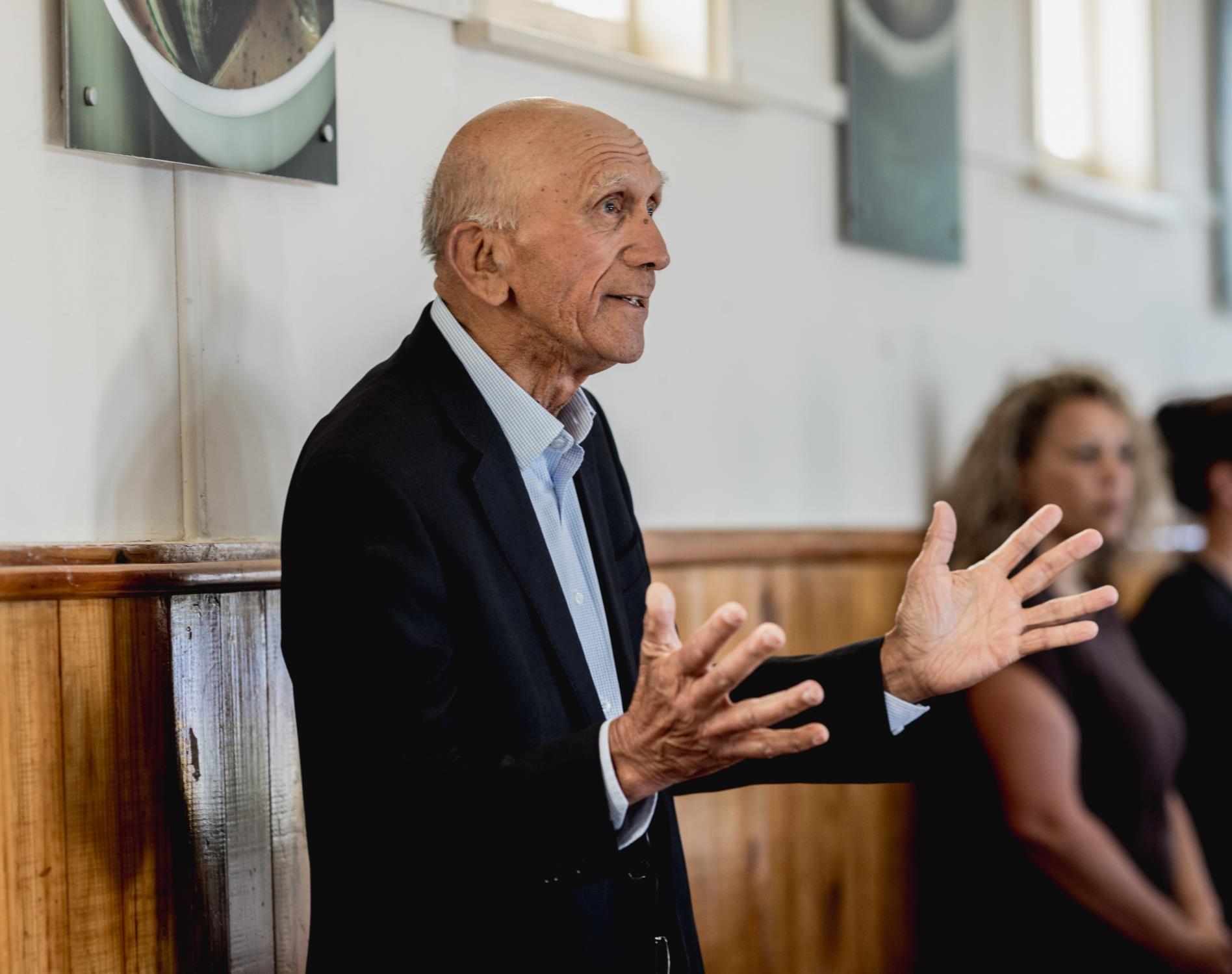 Our commitment to hold the Crown to account to make good on the Nelson Tenths weaves together many strands of work.
Our commitment to hold the Crown to account to make good on the Nelson Tenths weaves together many strands of work.